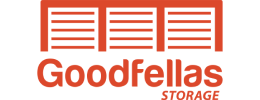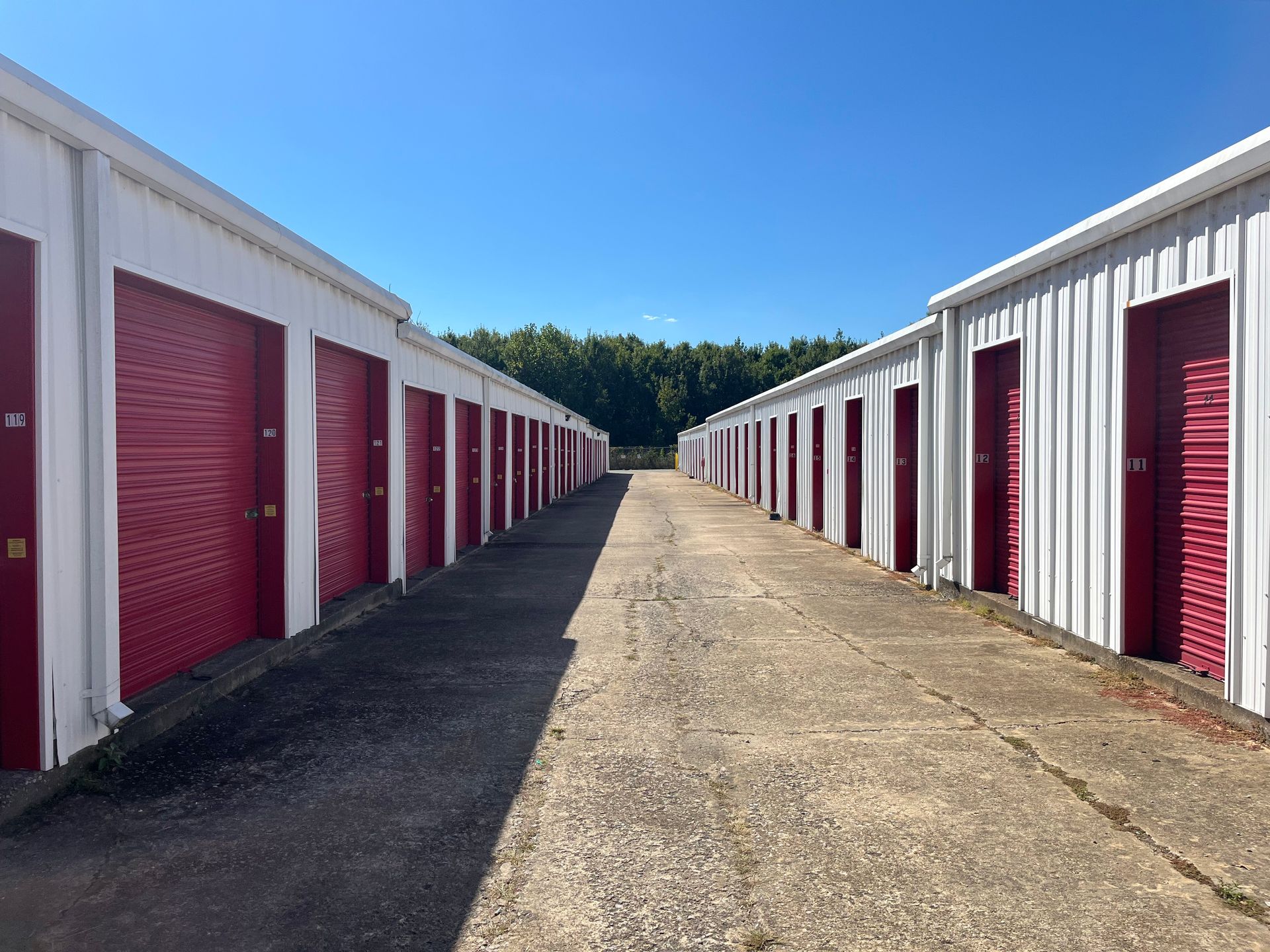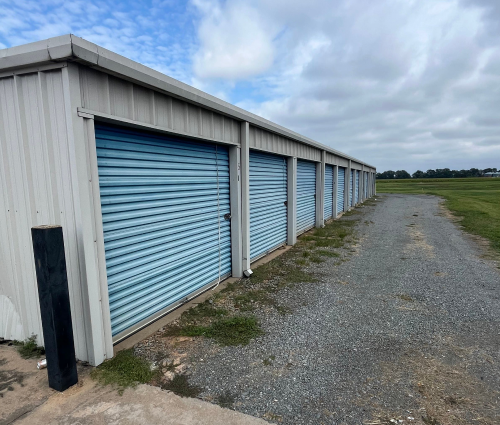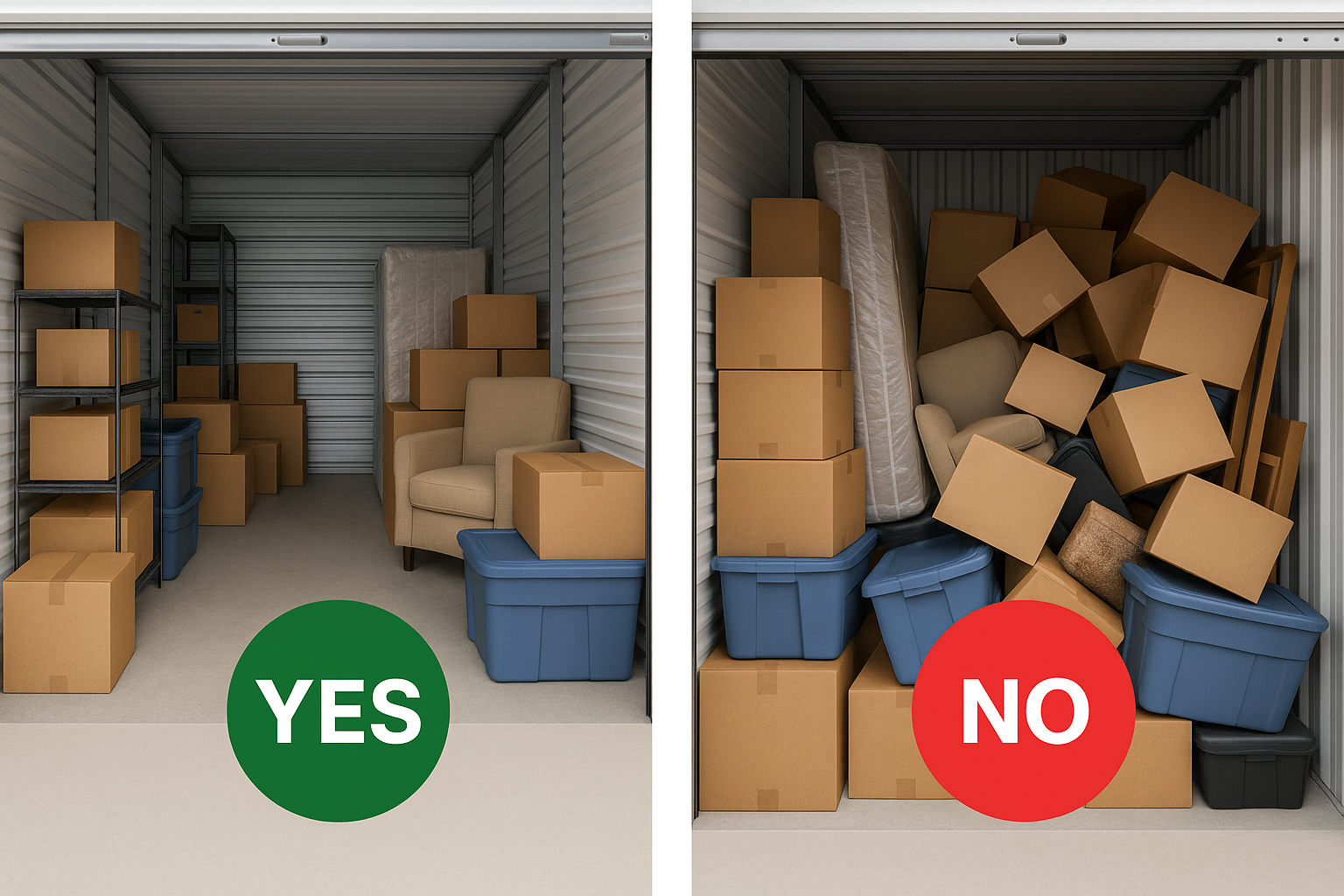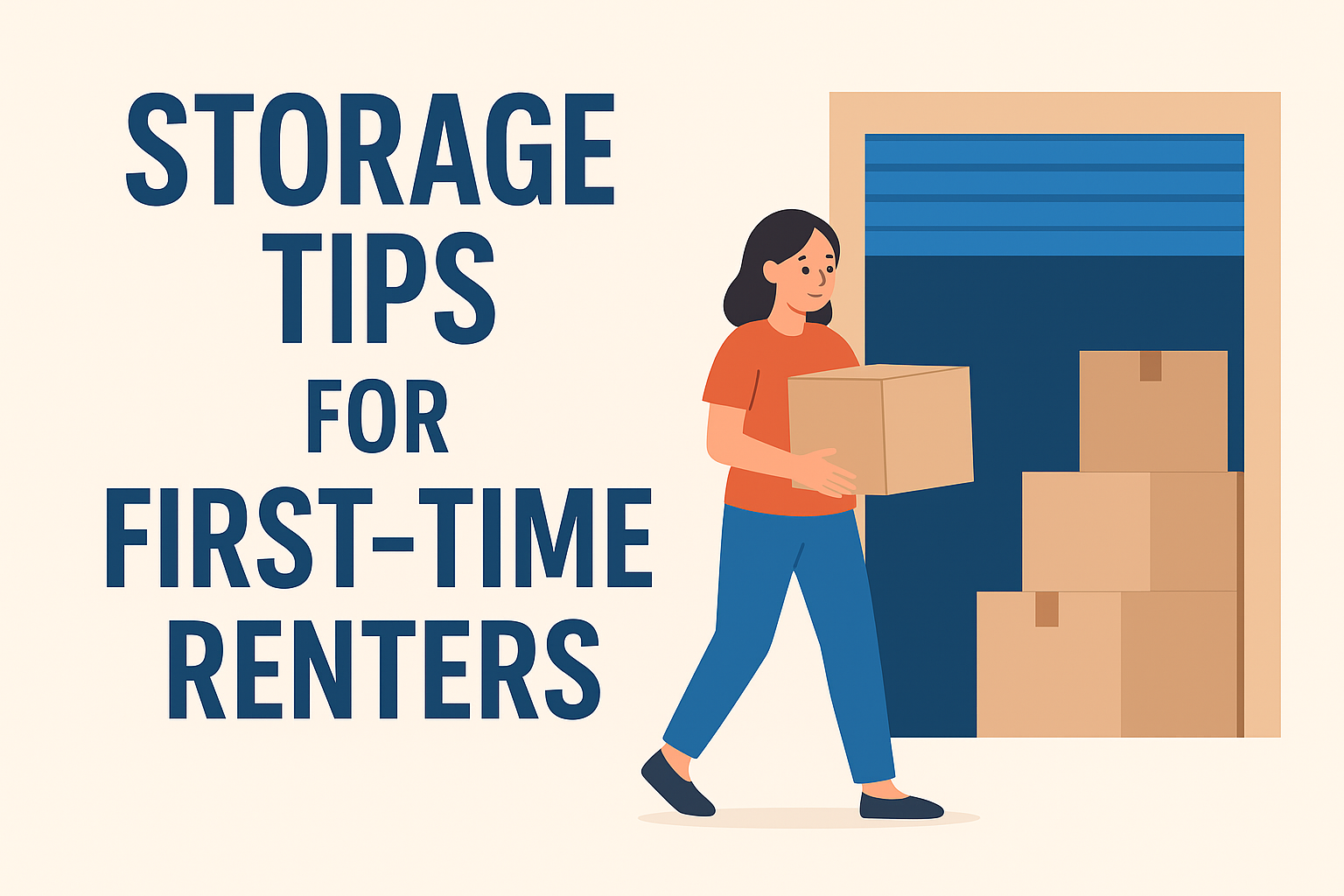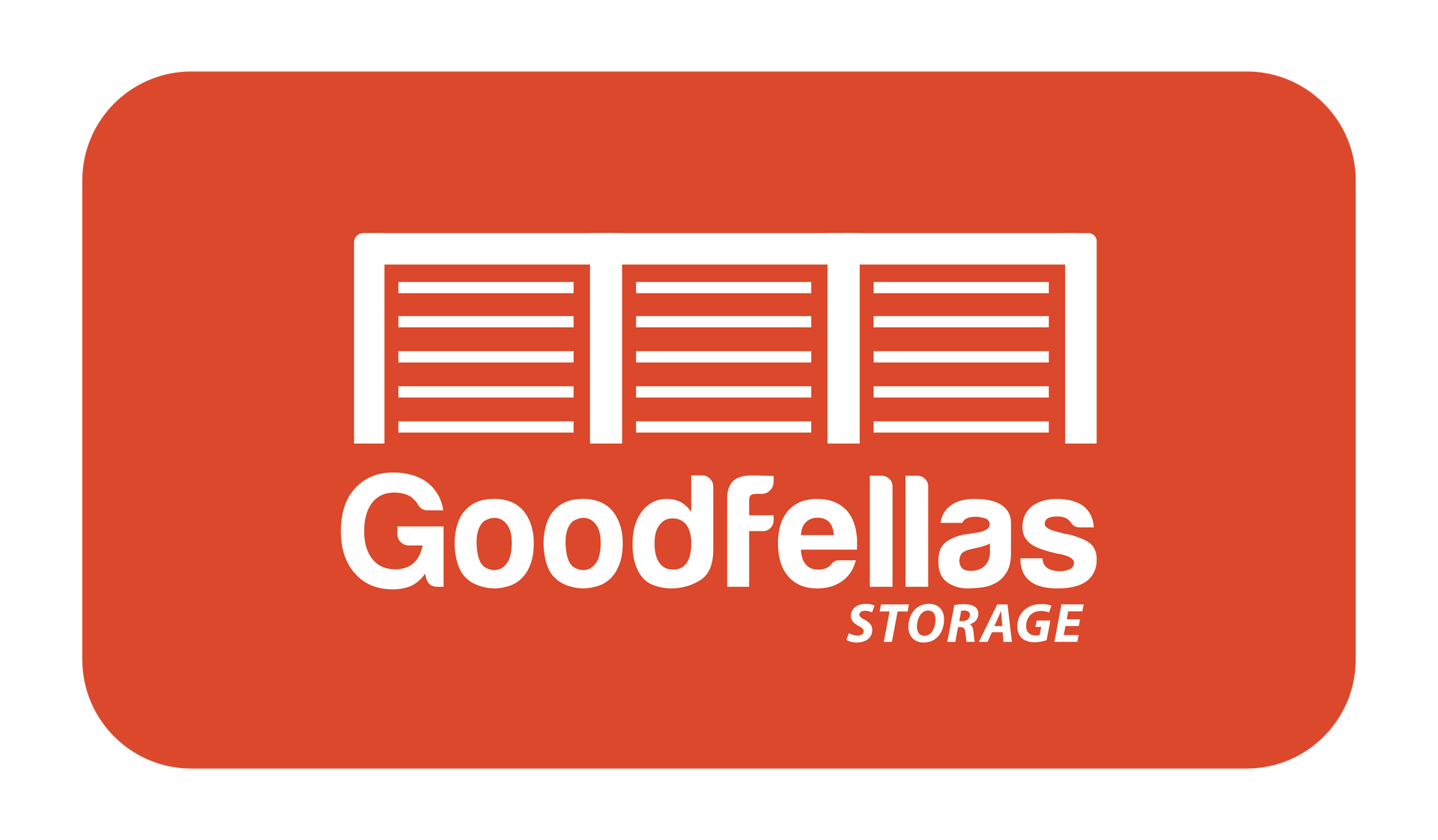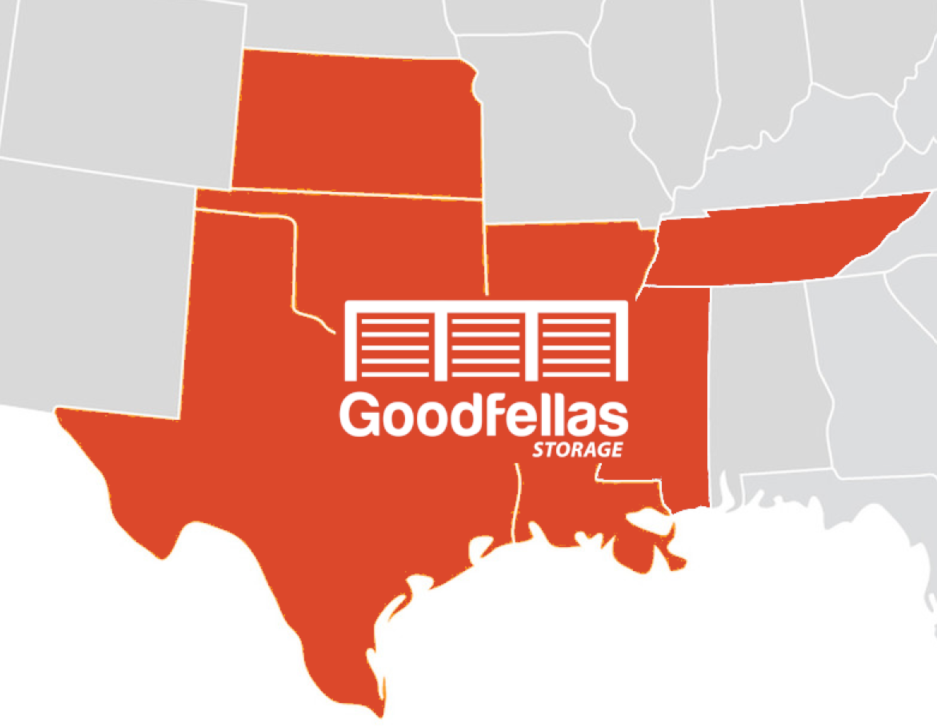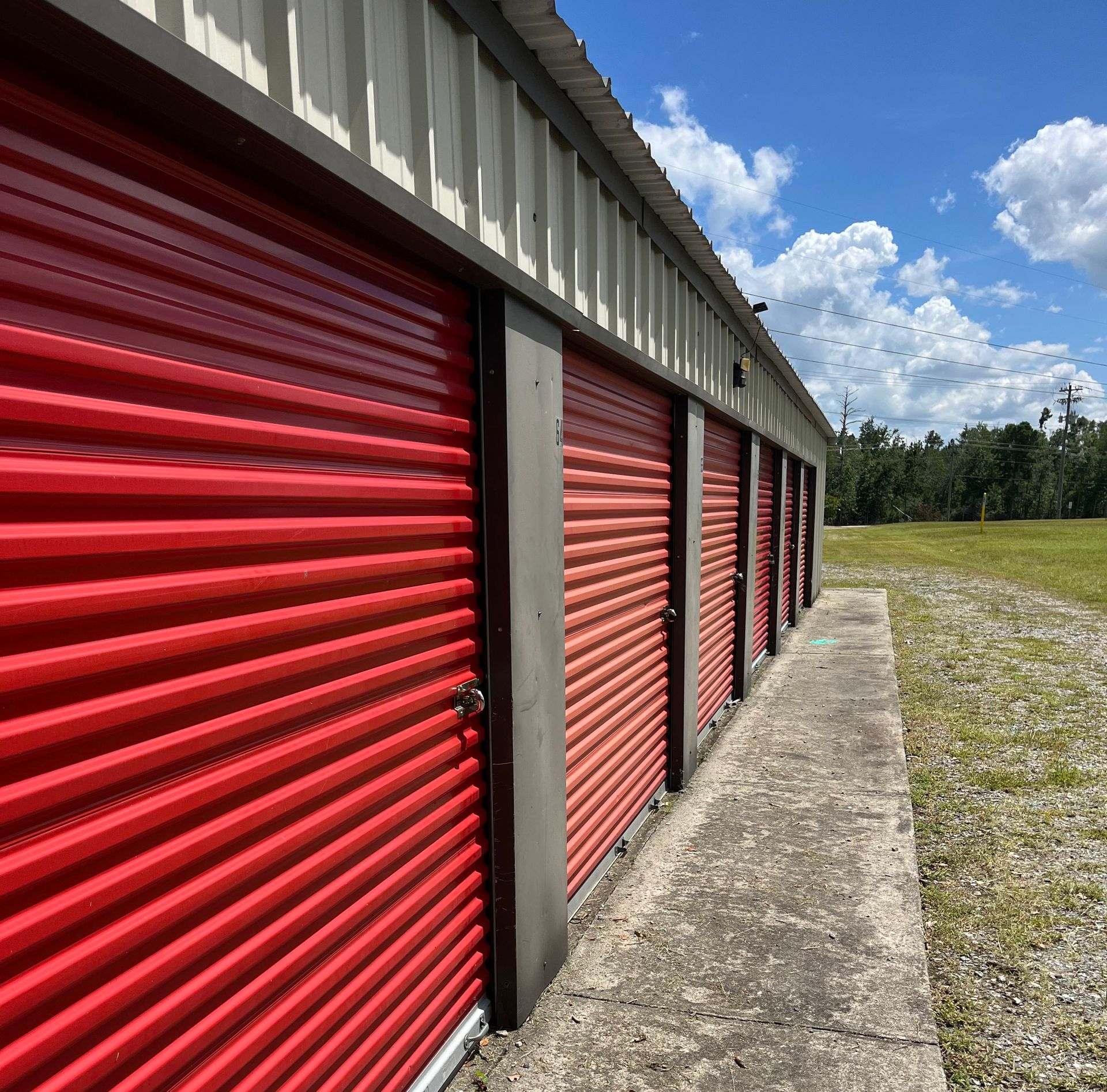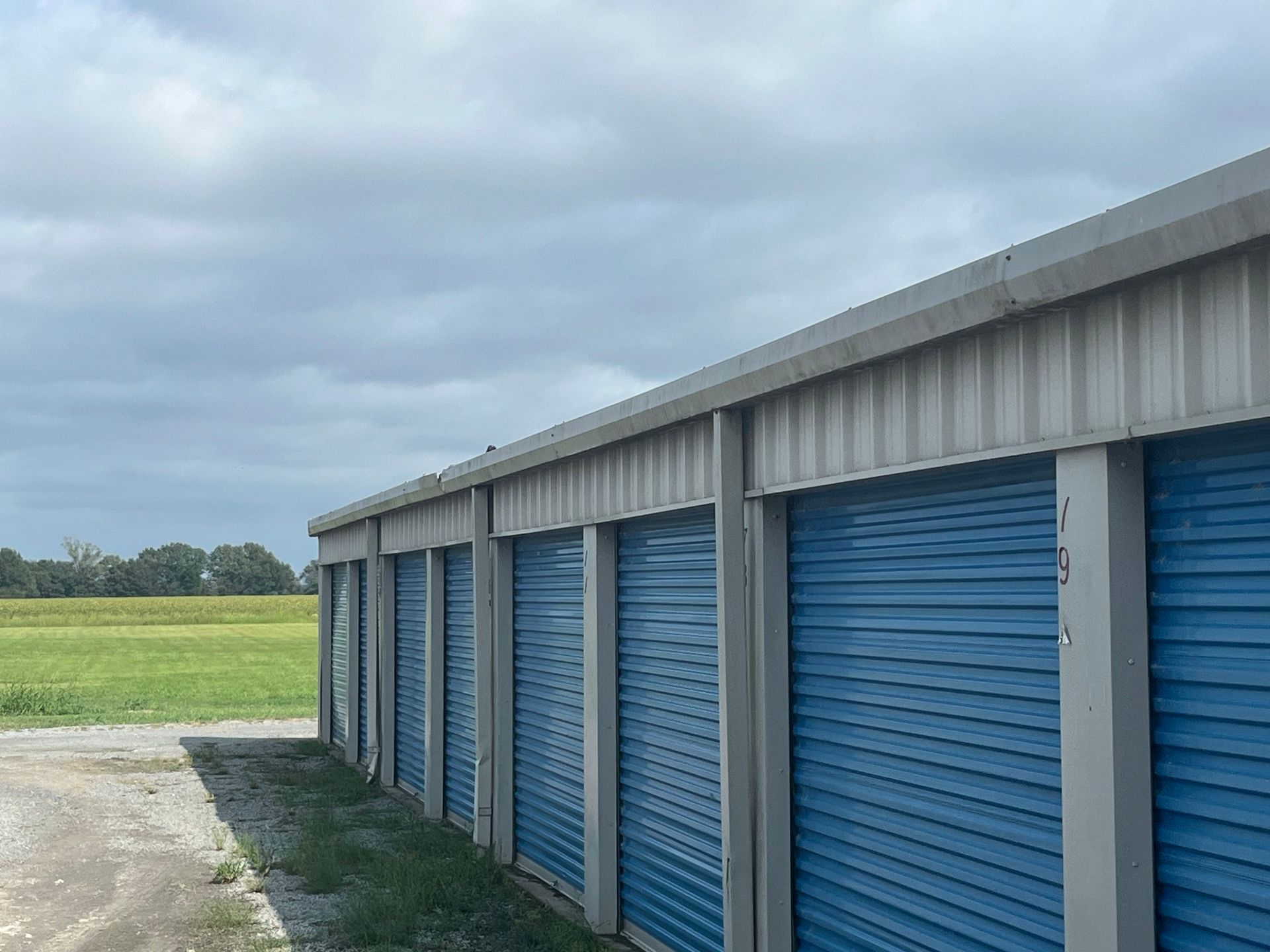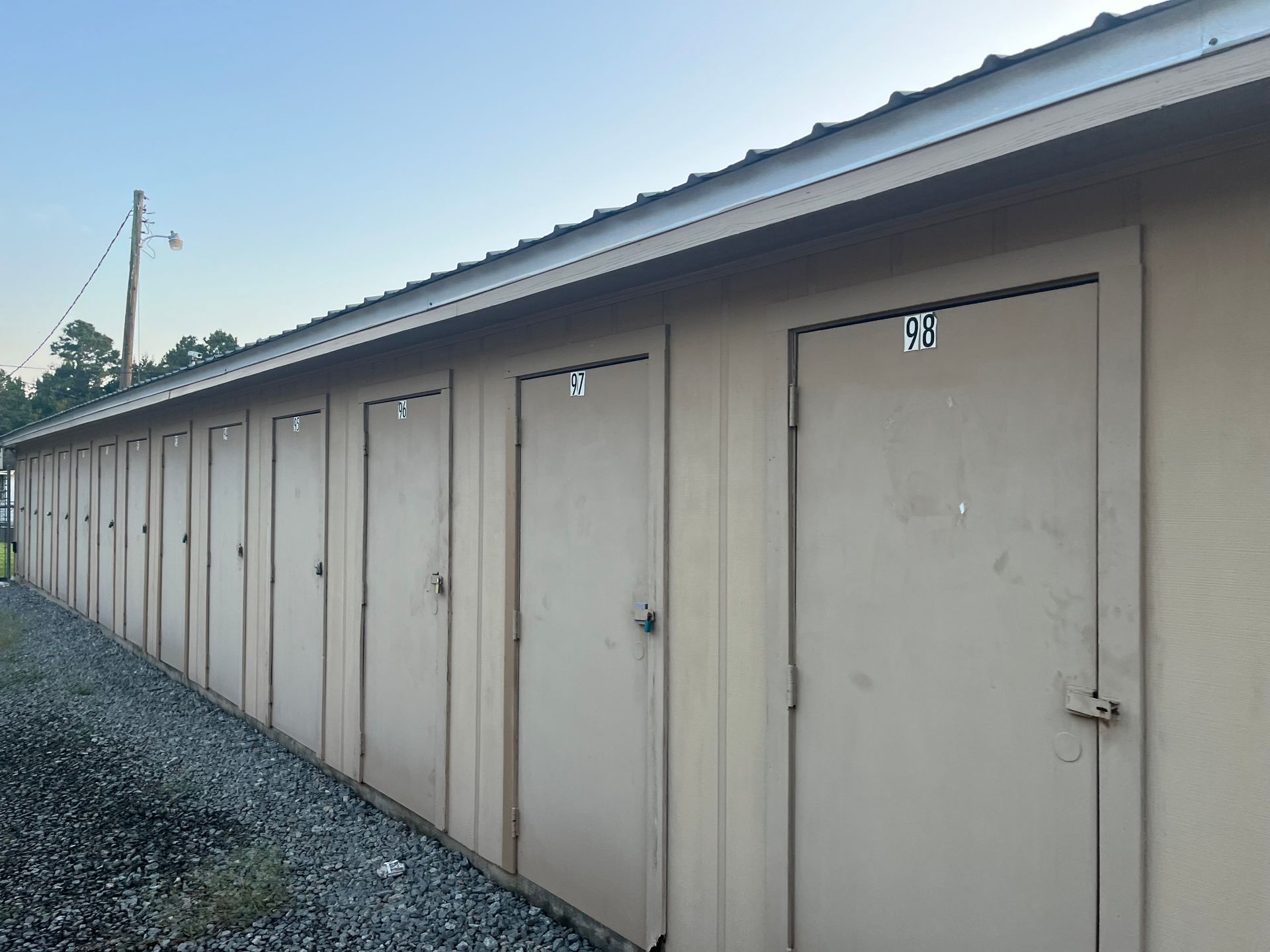How to Choose Between Climate-Controlled and Drive-Up Storage
Understanding the Differences and Finding the Right Fit for Your Needs

When choosing a storage unit, one of the most common questions renters face is whether to go with a climate-controlled unit or a standard drive-up unit. Both options serve valuable purposes, but the right choice depends on what you are storing, how long you plan to store it, and your budget. In this guide, we’ll break down drive-up vs climate storage, highlighting the key benefits, cost considerations, and when each option makes the most sense.
What is Drive-Up Storage?
Drive-up storage is the traditional and most widely available type of self-storage. These units are usually located on the ground floor with exterior access, making them function like a garage. Renters can pull their vehicles right up to the door of the unit for fast loading and unloading.
Key features of drive-up storage include:
- Direct outdoor access
- Affordable monthly rent compared to climate-controlled units
- Convenient for frequent visits and bulky items
- Available in a wide range of unit sizes
For most renters, drive-up storage is often sufficient. Items that are not overly sensitive to temperature swings, such as household furniture, tools, or seasonal decorations, can be stored safely in these units.
What is Climate-Controlled Storage?
Climate-controlled storage units maintain a consistent temperature and sometimes humidity level year-round. These units are typically located inside multi-story storage buildings, requiring indoor access.
Key features of climate-controlled storage include:
- Regulated temperature, usually between 55–85 degrees
- Protection from humidity in certain facilities
- Ideal for sensitive or valuable items
- Higher monthly cost compared to drive-up units
Climate-controlled storage offers peace of mind for people storing fragile belongings, but for many renters, it’s more than they need.
Drive-Up vs Climate Storage: Cost Considerations
Budget is often the deciding factor for renters choosing between storage options. Drive-up units are usually the more affordable choice, sometimes costing 20–50% less than climate-controlled spaces of the same size.
For example:
- A 10x10 drive-up unit might cost $90–$120 per month.
- The same size in climate-controlled storage could run $130–$180 per month, depending on the location.
If your items do not require temperature regulation, the cost savings of drive-up storage can add up significantly over time.
When Drive-Up Storage Makes Sense
Drive-up storage is a great fit for many renters. Here are some situations where it’s often the best option:
- Furniture and household goods – Couches, tables, and chairs can typically withstand normal seasonal changes.
- Outdoor and recreational gear – Bicycles, camping gear, lawn equipment, and sports equipment store well in drive-up units.
- Seasonal items – Holiday décor, clothing bins, and other occasional-use belongings are fine without climate control.
- Business inventory and tools – Contractors and small businesses often use drive-up storage for equipment and supplies.
For tips on what you should avoid storing in these units, check out our post: What NOT to Store in a Self Storage Unit.
When Climate-Controlled Storage is Worth It
While many renters find that drive-up storage is enough, climate-controlled units are best suited for delicate, valuable, or sentimental items.
Consider climate storage if you are storing:
- Electronics – Computers, televisions, and gaming systems are highly sensitive to heat and humidity.
- Wood and leather furniture – These materials can warp, crack, or mold when exposed to extreme weather.
- Artwork and collectibles – Paintings, photographs, and antiques benefit from a stable environment.
- Musical instruments – Guitars, violins, and pianos can easily be damaged by temperature changes.
- Important documents – Legal records, contracts, and archives should be protected from humidity.
If you’re weighing this decision, you may find our guide helpful: Pros and Cons of Climate-Controlled Storage.
Drive-Up vs Climate Storage: Convenience
Another factor is accessibility. Drive-up units are typically easier to reach since you can pull up directly to the door. This makes them ideal if you plan to visit frequently or if you’re moving large, heavy furniture.
Climate-controlled units are usually indoors, sometimes on upper floors, and require elevator or hallway access. While this provides added security and environmental control, it can make moving items in and out more time-consuming.
Short-Term vs Long-Term Storage Needs
The length of time you plan to store your items can help guide your decision.
- Short-term storage – If you are storing for just a few months during a move, renovation, or seasonal transition, drive-up storage is usually the more cost-effective option.
- Long-term storage – For items you plan to store for a year or longer, climate-controlled units may offer added protection. This is especially true for belongings sensitive to moisture or extreme heat.
For a deeper dive into this topic, read Short-Term vs Long-Term Storage: What You Should Know.
Seasonal Storage Considerations
Many renters use self-storage to free up space at home during different times of the year. For example, you might need space for holiday decorations, winter clothing, or patio furniture.
- In most climates, seasonal belongings store perfectly well in drive-up units.
- If you live in a region with extremely hot summers or cold winters, climate control may provide extra peace of mind for certain items.
For more tips, see How to Store Seasonal Decor Like a Pro.
Tenant Protection and Peace of Mind
No matter which storage option you choose, protecting your items should always be a priority. Even if you select a drive-up unit, you can add a layer of protection with a tenant protection plan. These plans cover unexpected events such as theft, fire, or other damages, giving you confidence that your belongings are safe. Learn more about our Tenant Protection.
Finding the Right Unit Size
Selecting the right size unit is just as important as choosing between drive-up and climate-controlled. A unit that is too small leads to cramped storage, while a unit that is too large means wasted money. Use our Size Guide to match your belongings with the right fit before you reserve a space.
Making Your Decision
When it comes to drive-up vs climate storage, the majority of renters find drive-up units meet their needs while saving them money. They are convenient, affordable, and versatile for most household and business items.
Climate-controlled storage is worth considering if you are storing delicate, valuable, or long-term belongings that require extra care. By weighing cost, convenience, and the type of items you plan to store, you can make a smart choice that fits both your needs and your budget.
Find Storage Near You
Whether you’re looking for a budget-friendly drive-up unit or a climate-controlled option for sensitive items, we can help you find the right fit. Explore our Locations to find a Goodfellas Storage facility near you.
Frequently Asked Questions
Q: Do I need climate-controlled storage in hot states like Florida, Texas, or Arizona?
A: If you live in a region with extreme summer heat, climate-controlled storage is worth considering for electronics, leather, wood furniture, and sensitive items. For most household goods, however, a drive-up unit will still do the job and cost you less per month.
Q: Is drive-up storage a good option in colder northern states?
A: Yes. In places with cold winters like New York, Illinois, or Minnesota, drive-up storage works well for furniture, tools, clothing bins, and recreational equipment. Items that might crack or warp in freezing conditions, such as electronics or instruments, are better suited for climate control.
Q: How do I know if climate storage is worth the extra cost near me?
A: Think about both the local weather and the type of items you are storing. If you’re in a humid coastal area like the Carolinas or Louisiana, humidity-sensitive belongings may need climate control. If you’re in a drier climate like Colorado or Nevada, most renters do fine with drive-up units.
Q: Can I switch from a drive-up unit to climate-controlled storage later?
A: Absolutely. Many renters start with drive-up storage to save money, then transfer into a climate-controlled unit if their storage needs change. Check availability at your local
Locations to see both options.
